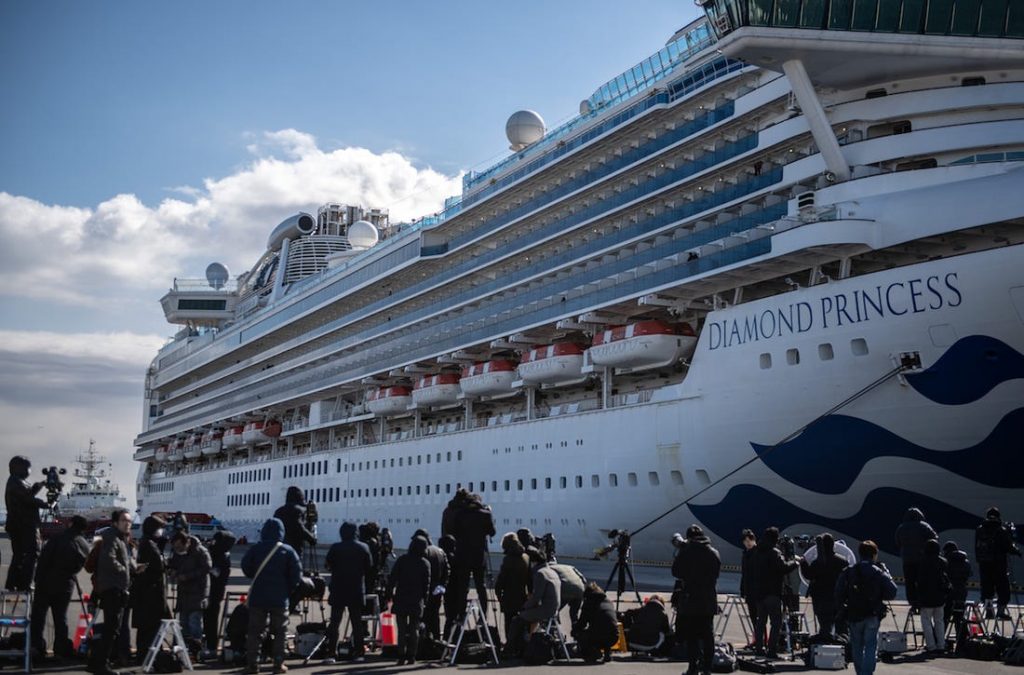Tokyo: An extraordinary two-week quarantine of the ‘Diamond Princess’ cruise ship ends Wednesday, with thousands of passengers and crew set to disembark over the next several days in the port of Yokohama, near Tokyo.
A growing number of scientists, however, say the ship served as an incubator for a worrying new virus from China instead of a quarantine facility meant to prevent the worsening of an outbreak that has affected tens of thousands.
As of Tuesday, 542 cases of the virus have been identified among the 3,711 quarantined passengers and crew, making the ship the site of the most infections outside of China.
The question now is: Why?
The Japanese government has repeatedly defended the effectiveness of the quarantine. But some scientists suggest that it may have been less than rigorous.
In a possible sign of lax quarantine protocols, three Japanese health officials who helped in the quarantine checks on the ship were also infected.
“I suspect people were not as isolated from other people as we would have thought,” said Dr Paul Hunter, a professor of medicine at the University of East Anglia in England.
Japan’s health minister, Katsunobu Kato, told reporters Tuesday that all passengers who remained on the cruise ship have had their samples taken and that those who tested negative would start getting off the vessel beginning Wednesday, when their required 14-day quarantine is scheduled to end.
“They all want to go home as early as possible, and we hope to assist them so that everyone can get home smoothly,” Kato said. The process is expected to take until Friday because of the large number of people involved.
“Obviously the quarantine hasn’t worked, and this ship has now become a source of infection,” said Dr. Nathalie MacDermott, an outbreak expert at King’s College London. She said the exact mechanism of how the virus spreads was unknown.
“We need to understand how the quarantine measures on board were implemented, what the air filtration on board is like, how the cabins are connected and how waste products are disposed of,” MacDermott said.
“There could also be another mode of transmission we’re not familiar with,” she said, noting the possibility of environmental spread and the importance of ‘deep-cleaning’ the entire ship to prevent people from touching contaminated surfaces,” she added.
Some passengers on the ‘Diamond Princess’ described the ship as a ‘floating prison’ but were allowed to walk on the decks every day while wearing a mask and were told to keep their distance from others.
AP

